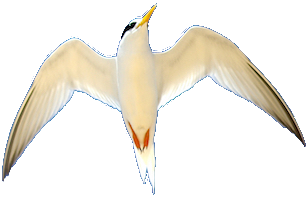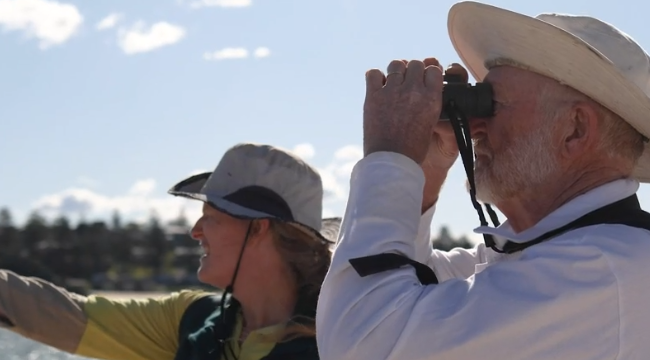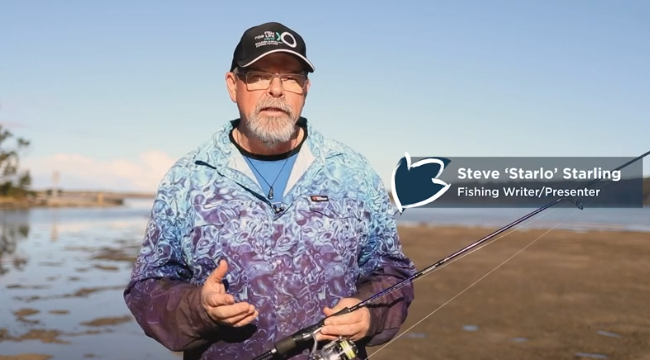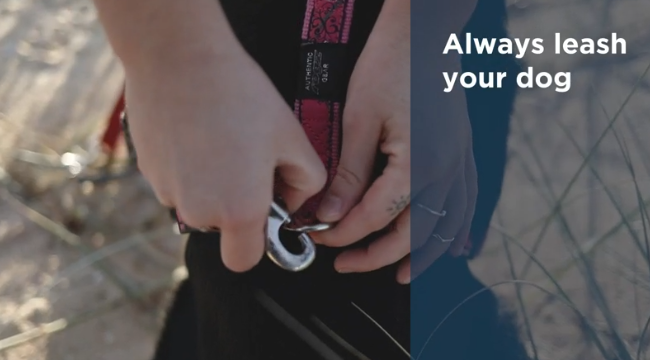Program Background:
The South Coast Shorebird Recovery Program was established in 1999 by the NSW National Parks and Wildlife Service (NPWS), to reduce the rate of decline of threatened shorebirds and recover populations by enhancing breeding success.
Note: Jump to the program’s Newsletter Library
Library of Newsletters.
Actions:
A number of actions form the basis of the program’s operations, these include:
• conducting surveys to establish baseline data on the breeding activities and numbers of each species
• establishing a network of community volunteers to assist the program
• monitoring suitable coastal habitats to determine the location of nesting sites and the threats posed at each site
• undertaking habitat protection (see image) and management actions to alleviate identified threats, such as physical protection of nest sites, signage, fox control, water inundation management and chick protection.
The program also conducts a broad-scale public awareness campaign annually to raise public awareness of the conservation status, recovery efforts, habitat importance and the biology of threatened shorebirds through publicity, media and active community involvement.
Staff:
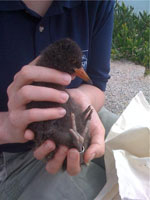 Two Shorebird Recovery Coordinators are employed by the NPWS. Their role is to coordinate the implementation of recovery actions during the breeding season and to report on the results. Communicate with them through the Contacts page.
Two Shorebird Recovery Coordinators are employed by the NPWS. Their role is to coordinate the implementation of recovery actions during the breeding season and to report on the results. Communicate with them through the Contacts page.
One Coordinator works out of the Nowra NPWS office and covers the South Coast Region from Wollongong to Batemans Bay. A second coordinator works out of the Narooma NPWS office, covering the Far South Coast Region from Batemans Bay to the NSW/Victorian border.
Expert staff are occasionally called in as required to conduct flagging/banding of chicks (see image).
Partnerships:
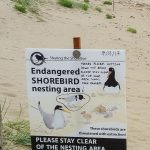 Since its establishment, this program has developed strong partnerships between the NPWS, individual members of the community, (including over 100 dedicated volunteers), other state and government agencies (e.g. Department of Lands, Local Land Services, local councils), local environment groups (e.g. Eurobodalla Natural History Society, Far South Coast Birdwatchers, Landcare), and NSW Marine Parks.
Since its establishment, this program has developed strong partnerships between the NPWS, individual members of the community, (including over 100 dedicated volunteers), other state and government agencies (e.g. Department of Lands, Local Land Services, local councils), local environment groups (e.g. Eurobodalla Natural History Society, Far South Coast Birdwatchers, Landcare), and NSW Marine Parks.
Some of the biggest threats to Shorebirds are:
• Accidental trampling by humans
• Being squashed by vehicles (more a threat on the NSW north coast)
• Domestic dogs
• Predators such as foxes, crows & cats
• Storms, king tides and storm surges
Newsletters
Downloads:
2019-20 South Coast (Wollongong to Batemans Bay)(1mb pdf)
2018-19 South Coast (Wollongong to Batemans Bay)(5mb pdf)
2017-18 South Coast (Wollongong to Batemans Bay)(7mb pdf)
2016-17 Newsletter (Wollongong to Batemans Bay)(3mb pdf)
2015-16 South Coast (Wollongong to Batemans Bay)(6mb pdf)
2014-15 South Coast (Wollongong to Batemans Bay)(2.9mb pdf)
2013-14 South Coast (Wollongong to Batemans Bay)(7mb pdf)
2011-12 South Coast (Wollongong to Batemans Bay)(1mb pdf)
2019-2020 Far South Coast(4mb pdf)
2014-15 Far South Coast Newsletter (0.9mb pdf)
2012-2013 Far South Coast Newsletter (620kb pdf)
2011-2012 Far South Coast News (0.7mb pdf)
2010-2011 Newsletter (1.4mb)
2009-2010 Newsletter (1.2mb)
2008-2009 Newsletter (2.2mb)
2007-2008 Newsletter (4.6mb)
2006-2007 Newsletter (1.2mb)
2005-2006 Newsletter (800kb)
2004-2005 Newsletter (650kb)
